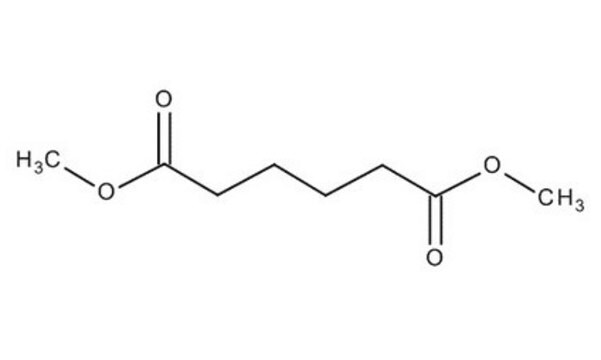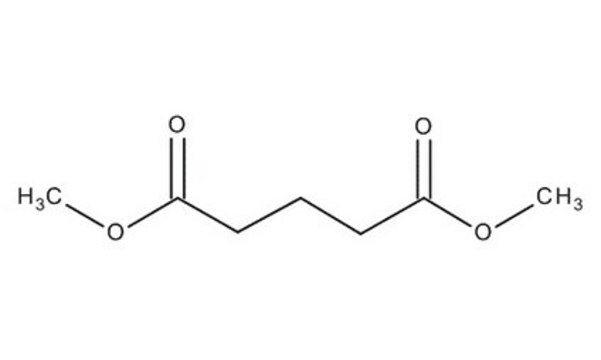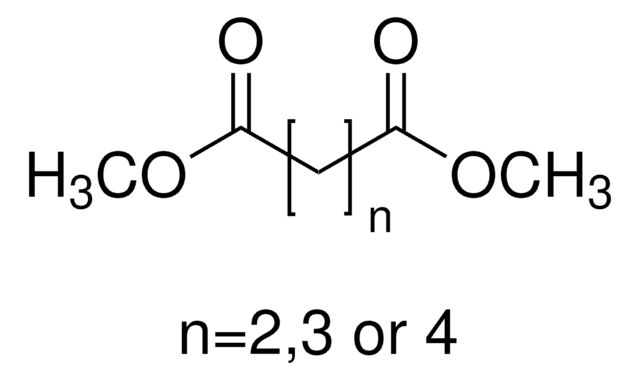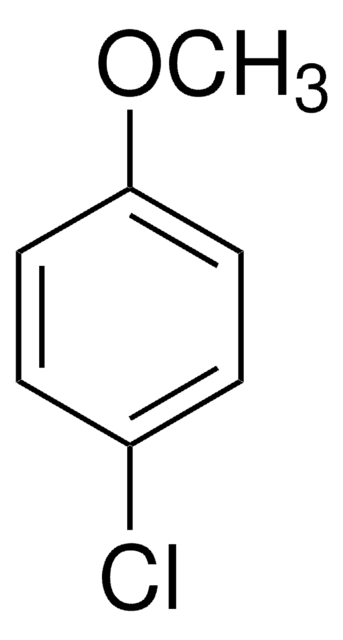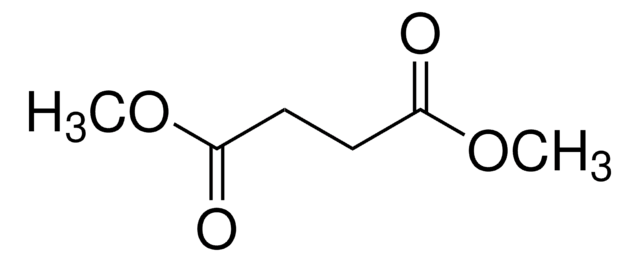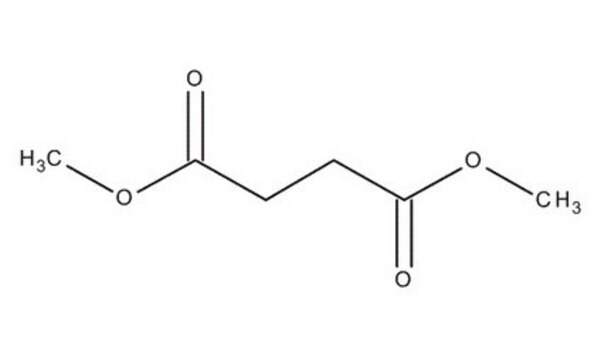Kluczowe dokumenty
186252
Dimethyl adipate
≥99%
Synonim(y):
Adipinic acid dimethyl ester, Dimethyl 1,6-hexanedioate, Dimethyl hexanedioate
About This Item
Polecane produkty
ciśnienie pary
0.06 mmHg ( 20 °C)
Poziom jakości
Próba
≥99%
Formularz
liquid
temp. samozapłonu
680 °F
granice wybuchowości
8.1 %
współczynnik refrakcji
n20/D 1.428 (lit.)
bp
109-110 °C/14 mmHg (lit.)
mp
8 °C (lit.)
gęstość
1.062 g/mL at 20 °C (lit.)
ciąg SMILES
COC(=O)CCCCC(=O)OC
InChI
1S/C8H14O4/c1-11-7(9)5-3-4-6-8(10)12-2/h3-6H2,1-2H3
Klucz InChI
UDSFAEKRVUSQDD-UHFFFAOYSA-N
Szukasz podobnych produktów? Odwiedź Przewodnik dotyczący porównywania produktów
Zastosowanie
- Micro/nanoencapsulation for cool thermal energy storage: Dimethyl adipate has been encapsulated into a polymer shell, improving its thermal properties and making it suitable for cool thermal energy storage applications (Trivedi & Parameshwaran, 2022).
- Sustainable production via non-heme iron (III) catalysis: A method for producing dimethyl adipate through oxidative cleavage of catechol using non-heme iron (III) catalysts highlights an environmentally friendly approach (Jastrzebski et al., 2015).
- Boosted nitrilation for adiponitrile production: The development of bimetallic oxide catalysts for the nitrilation of dimethyl adipate to adiponitrile shows enhanced activity and selectivity, important for industrial applications (Guo et al., 2023).
Kod klasy składowania
10 - Combustible liquids
Klasa zagrożenia wodnego (WGK)
WGK 1
Temperatura zapłonu (°F)
230.0 °F - closed cup
Temperatura zapłonu (°C)
110 °C - closed cup
Środki ochrony indywidualnej
Eyeshields, Gloves
Wybierz jedną z najnowszych wersji:
Masz już ten produkt?
Dokumenty związane z niedawno zakupionymi produktami zostały zamieszczone w Bibliotece dokumentów.
Klienci oglądali również te produkty
Nasz zespół naukowców ma doświadczenie we wszystkich obszarach badań, w tym w naukach przyrodniczych, materiałoznawstwie, syntezie chemicznej, chromatografii, analityce i wielu innych dziedzinach.
Skontaktuj się z zespołem ds. pomocy technicznej